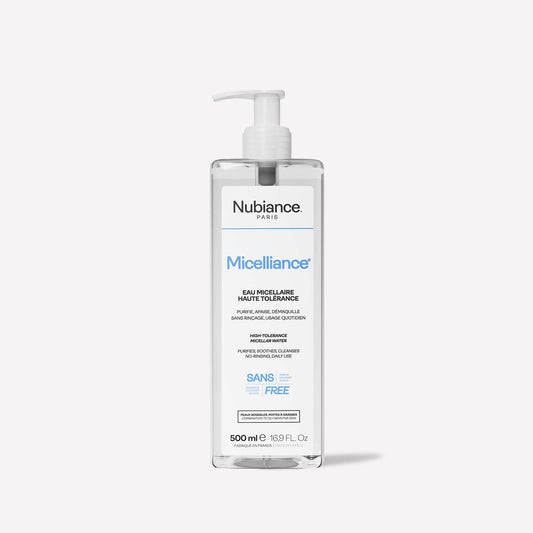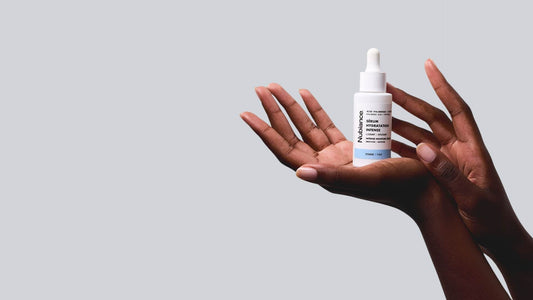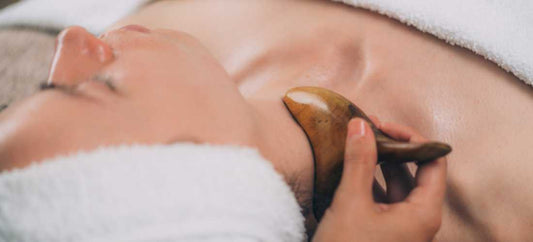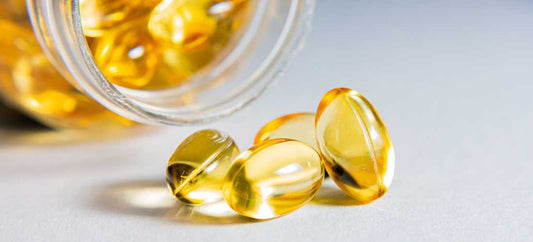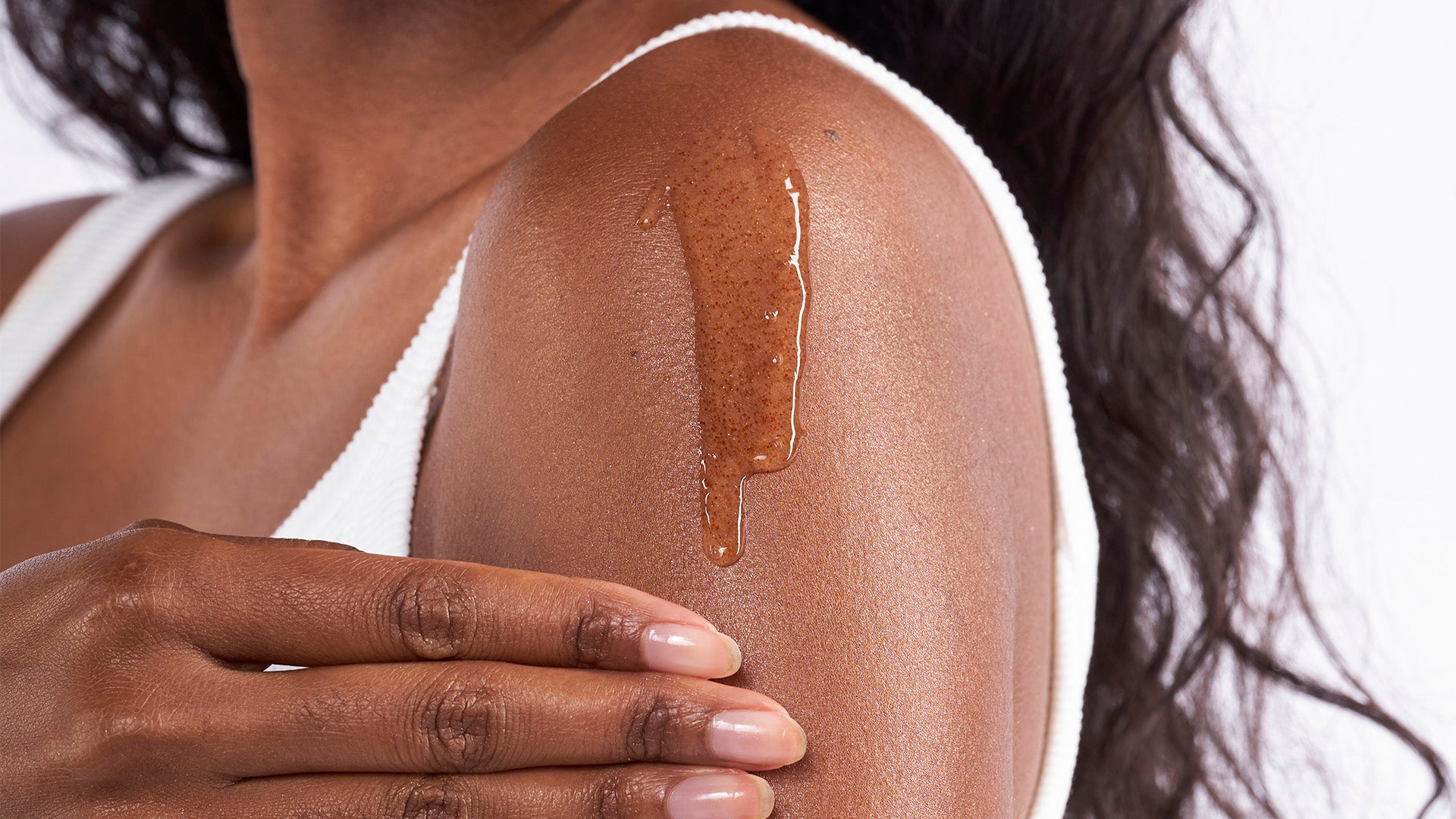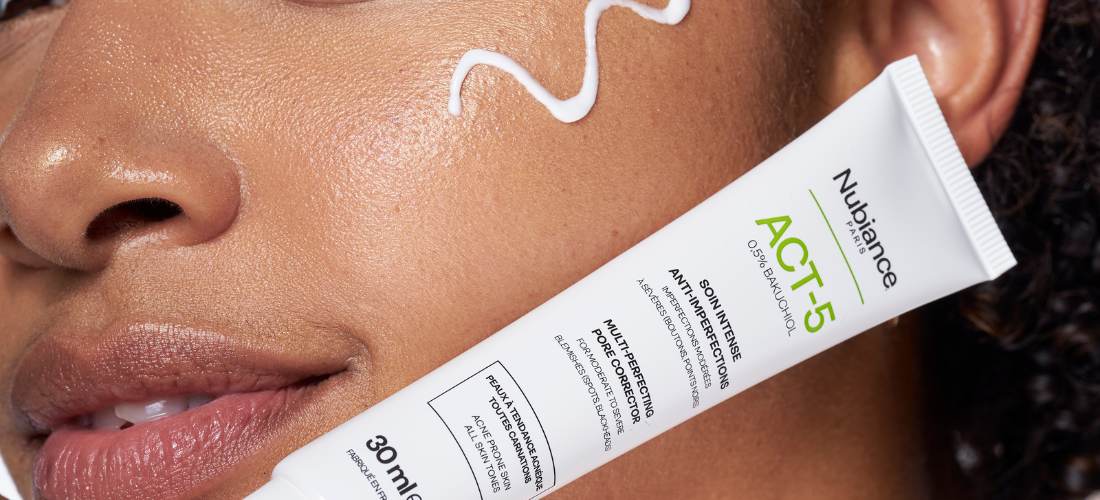
Fungal acne: what treatments for these skin rashes?
Partager
Fungal acne is actually a mycosis, given its resemblance to acne pimples . It causes unpleasant itching and the pimples are as unsightly as for classic acne. It is therefore important to find the care and treatments adapted to this acne to regain beautiful skin. Rely on the Anti-Imperfections Duo from Nubiance to fade blackheads and all traces of this acne.
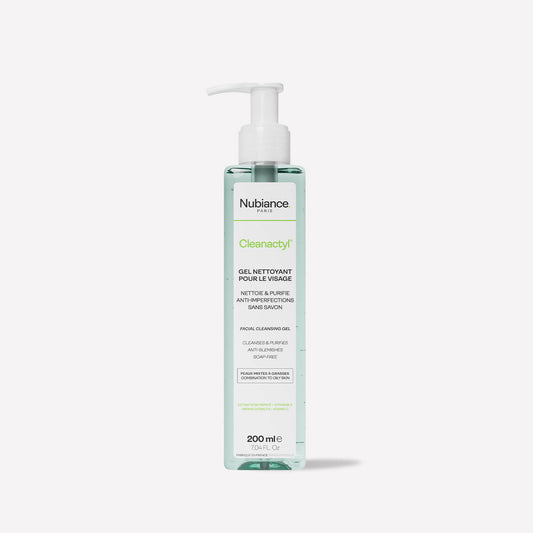
15.00€
Sale price
From 15.00€
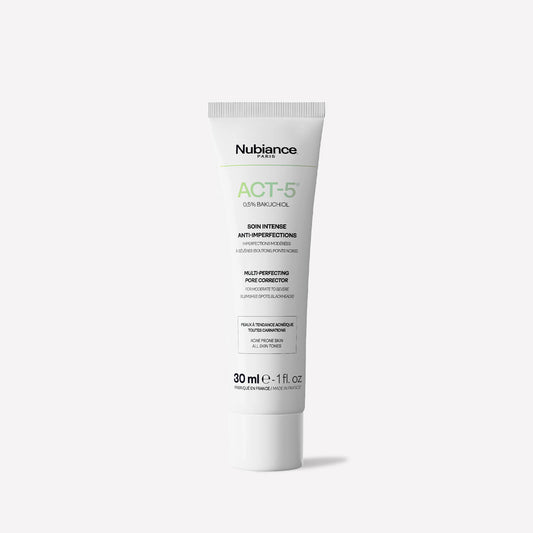
50.00€
Sale price
From 25.00€
26.00€
Sale price
From 13.00€
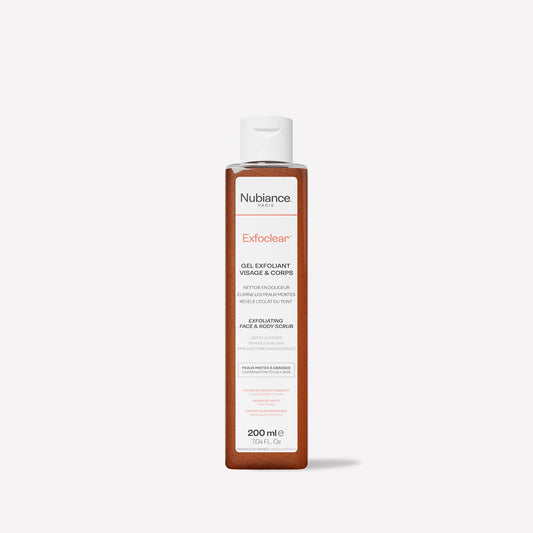
44.00€
Sale price
From 22.00€
What is fungal acne?
Fungal acne comes from an excessive proliferation of Malassezia folliculitis . This is a fungus that normally resides in everyone's skin microbiota. These fungi feed on lipids present on the skin, more precisely the fatty acids present in sebum . However, when they multiply excessively, then there is an imbalance of the microbial flora , which leads to inflammation of the hair follicles. Fungal acne affects both the body and the face, at any age and for all skin types.
Also read our article on retentional acne .

How does fungal acne manifest?
An itchy acne pimple looks like classic acne vulgaris . But the itching is the ultimate sign that your pimple is not caused by bacteria, but by yeast. It is therefore the sign of fungal acne. These nodules can be found on the scalp, but also on the face, on the forehead and cheeks, in the décolleté, on the shoulders, on the back… They can take the appearance of whiteheads like comedones, but also red and infected points like cysts or boils. They are often painful and cause itching.
Fungal acne can also cause dry skin and flaking (peeling skin). It is difficult to differentiate fungal acne from hormonal acne , even with pictures. It is also different from rosacea, which causes redness but no breakouts.
What causes fungal acne?
Malassezia rashes occur when the skin flora is altered due to:
-
From the sun
-
From the heat
-
Humidity
-
Sweating
-
From taking antibiotics
-
Hyperseborrhea
-
Immunosuppression

What are the differences between fungal acne and bacterial acne?
These two types of acne should not be confused, as they are treated differently. So-called bacterial acne, which is the most common, is linked to the development and proliferation of bacteria . It can also be caused by an overproduction of sebum and an imbalance in the epidermis. Malassezia folliculitis , on the other hand, concerns the development of a yeast. It is therefore not acne strictly speaking that you may have, but a mycosis. You will then have to take care of your skin differently to overcome it.
Also find out everything you need to know about treating inflammatory acne .
What treatments are there to combat fungal acne?
Treating fungal acne with traditional solutions is not only ineffective, but can even be counterproductive and make the situation worse. Powerful treatments to overcome this type of acne are very specific: they require the intervention of antibiotic solutions with a bactericidal action. If the bacteria in question is Malassezia, it is most of the time put out of harm's way using an imidazole treatment (gel, cream, lotion, etc.). The parallel use of non-comedogenic products , which can clog pores and promote the appearance of blackheads and pimples , is also highly recommended.
But before starting heavy care, you can very well carry out the first steps at home by choosing products adapted to your type of acne . To adopt a good beauty routine to stop the proliferation of your fungal acne, we recommend the Nubiance Anti-Imperfections Duo . It consists of the Cleanactyl® cleansing gel, ideal for gently removing all impurities from the surface of the skin, and the ACT-5® Intense Anti-Imperfections Care, a light cream to apply to your pimples and acne scars to fade them. This routine is very effective in removing blackheads, comedones and even brown spots linked to acne .

How to prevent this type of acne?
Fungal acne can be caused by lifestyle. For example, humidity, sweating or wearing clothes that are not suitable can contribute to it. Avoid wearing damp clothes or clothes in which you have sweated for too long. Also avoid taking hot baths too often, especially hot tubs that contain chemicals. In particular, be careful not to combine several factors, for example sweat and tight clothing.
Since fungal acne is caused by an adverse reaction to yeast, treating and preventing it requires addressing the factors that favor the proliferation of this yeast . To do this, you should specifically avoid ingredients that yeast "feeds" on. These include:
-
Fermented ingredients
-
Coconut oil
-
Oils and fatty acids as well as fatty acid esters
It is therefore important to strengthen your immune system to combat fungal acne . To do this, adopt a healthy lifestyle that includes a balanced diet rich in fruits and vegetables, as well as regular exercise to support your immune system. A strong immune system can help fight fungal infections and promote healthier skin. Fermented foods contain beneficial probiotics that boost the balance of gut flora and can help strengthen the immune system.
Fungal acne is therefore a pathology linked to yeasts. Pustules, red pimples and a dysfunction of the epidermis occur on your face and body. If you have any doubts about your pimples, consider consulting a dermatologist or a specialized doctor to obtain a diagnosis and appropriate treatment.

